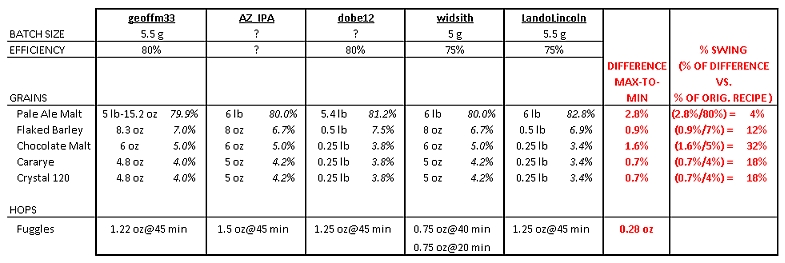Well said. And that's how science works. Control what you can, be precise where you can, because of all the variables that you can't control. If you don't control the variables that you can control, things can only get worse. Nobody is wrong here.
Can we try a simple exercise?
Let me post this generic recipe that i just made up now and please take 5 minutes, throw it into your software, and post back your version of the recipe, with weights, that you'd actually brew including full specs. I'll post mine later too.
Mild Ale
OG 1.038
Grain bill
80% U.K. Pale Ale malt
7% Flaked Barley
5% Chocolate Malt
4% Cararye
4% Crystal 120
Hops
Fuggles - 20 IBUs@45 min.
Go!







